#portrait rome
Explore tagged Tumblr posts
Text
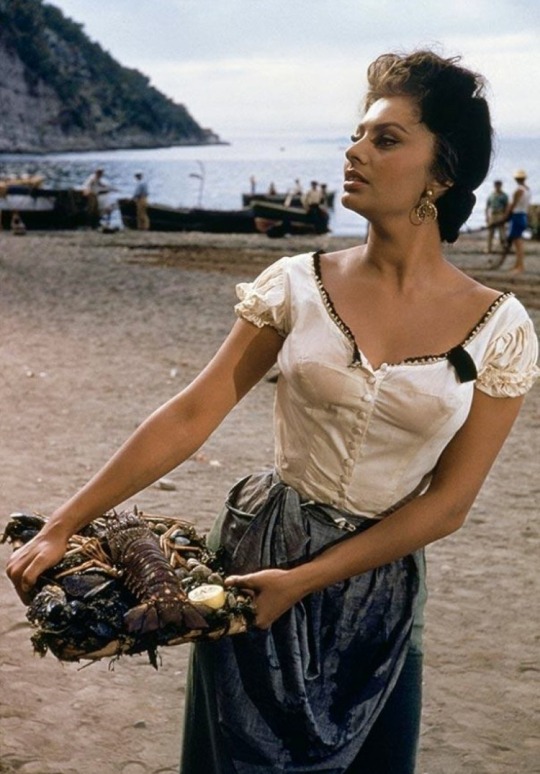
Sophia Loren in Rome, 1955
#sophia loren#old hollywood#50s#1950s#sofia loren#italy#roma#woman#italian women#italia#rome#old movie stars#vintage#dario argento#photography#classy#movie stars#portrait#lady gaga#madonna#ariana grande#marilyn monroe#aesthetic#50s aesthetic#1960s#actresses#actress#sofia vergara#kim kardashian
846 notes
·
View notes
Text

In a white chiton, 1893
By Viktor Bobrov
#art#painting#fine art#classical art#watercolor art#russian art#russian artist#watercolour#watercolor#watercolour art#portrait#female portrait#greece#rome#european art#19th century art#russian painter
247 notes
·
View notes
Text
2,000-Year-Old Fayum Portraits from Roman Egypt: also known as "mummy portraits," these funerary paintings were often fastened to the coffins of the people they depicted

Above: Fayum portrait of a woman from Roman-occupied Egypt, c.100-110 CE
Fayum portraiture was a popular funerary practice among the upper-class families of Roman Egypt from about 50 CE to 250 CE. Given the high mortality rates for children during this period, many of these portraits depict children and youths, but adults were often featured, too.
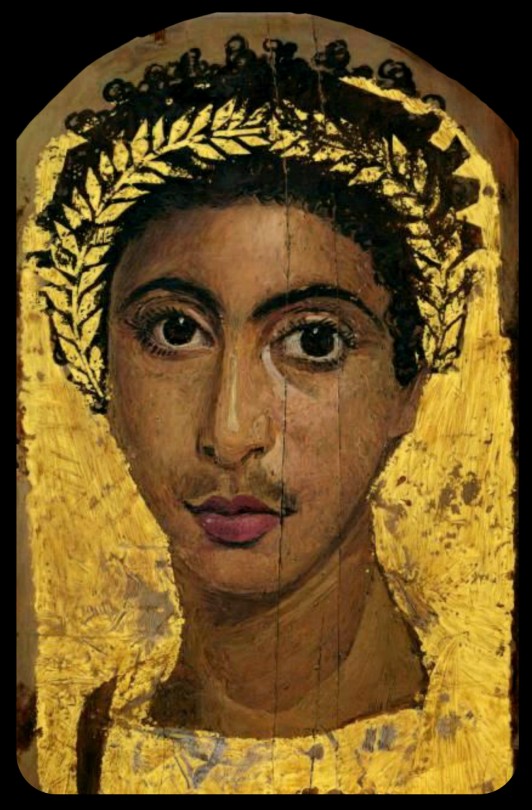
Above: portrait of a youth wearing a golden wreath, c.130-150 CE; the wreath and the background of the portrait are both gilded
The population of the Faiyum Delta, where most of these portraits were found, largely contained individuals with both native Egyptian/North African and Greek heritage. The Greek lineages can be traced back to the Ptolemaic period, when the Greeks gained control of Egypt and began to establish settlements throughout the region, gradually leading to a cultural diffusion between the Greek and Egyptian populations. The Romans eventually took control of Egypt in 31 CE, absorbing it into the Roman Empire and colonizing much of North Africa, but the demographics of the Faiyum Delta remained largely unchanged.

Above: portrait of a man with a mole on his nose, c.130-150 CE
Many of these Fayum portraits reflect the same blend of ethnic and cultural roots, depicting individuals with both Greek and native Egyptian heritage (a claim that is supported by both archaeological and genetic evidence). Some portraits may also depict native Egyptians who did not have any European ancestry, but had been integrated into Greco-Roman society.

Above: portrait of a bearded man, c.170-180 CE
These representations of native Egyptians provide us with unique insights into the actual demographics of Roman-occupied Egypt (and the ancient world at large). Non-European peoples are rarely included in depictions of the classical world; it's also interesting to see the blend of cultural elements that these portraits represent.
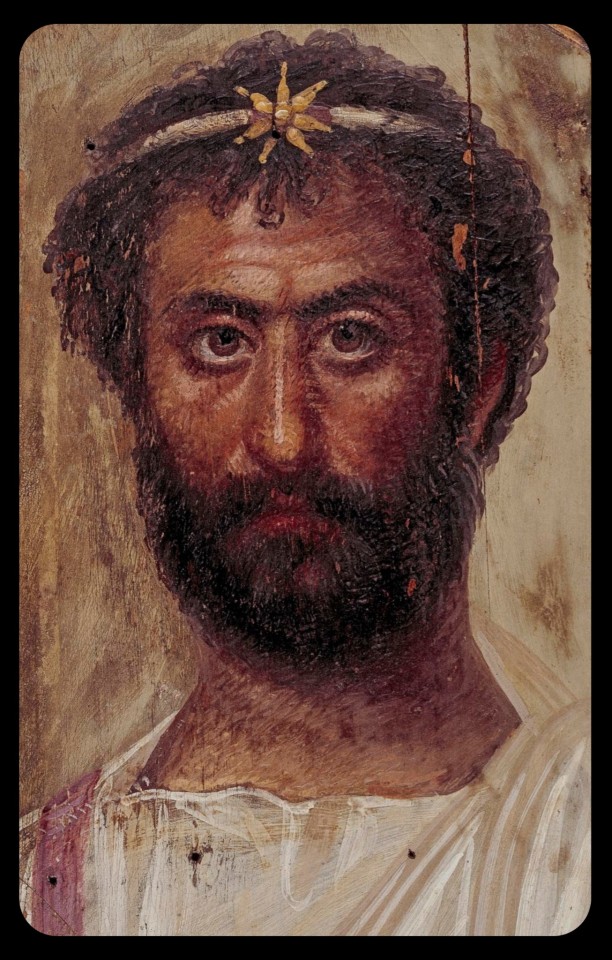
Above: portrait of a priest of Serapis, c.140-160 CE; the man in this portrait is shown wearing a fillet/crown that bears the seven-pointed star of the Greco-Egyptian god, Serapis
As this article explains:
In the 1800s and early 1900s, Western art historians didn’t know what to make of these portraits. Scholars of Roman history labeled them Egyptian. Scholars of Egyptian history labeled them Greco-Roman. These binary academic classifications failed to capture the true complexity of the ancient (or, indeed, modern) Mediterranean. In reality, Fayum portraits are a syncretic form, merging Egyptian and Greco-Roman art and funerary practices. They reflect the cosmopolitanism of both Roman and Egyptian history.

Above: portrait of a man, c.80-100 CE (left); portrait of a bearded officer, sometimes referred to as "Perseus," c.130-175 CE (right)
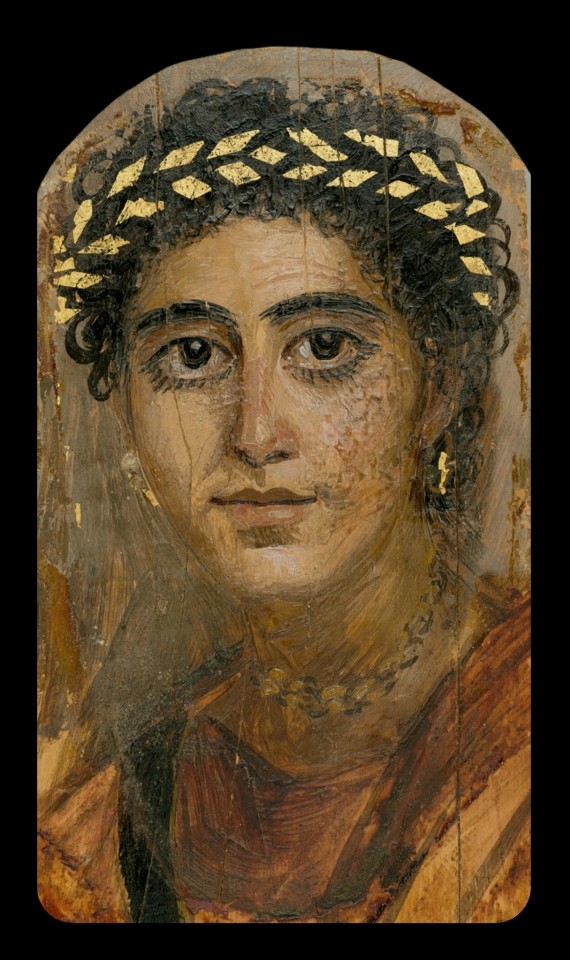
Above: portrait of a young woman in red, c.90-120 CE
Nearly 1,000 of these portraits are currently known to exist.
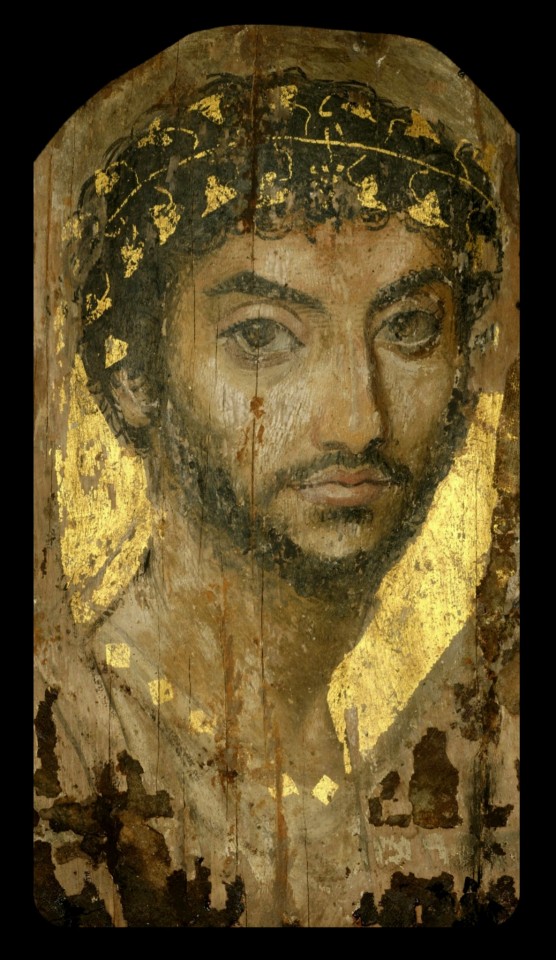
Above: portrait of a man wearing a gilded ivy wreath, c.100-150 CE
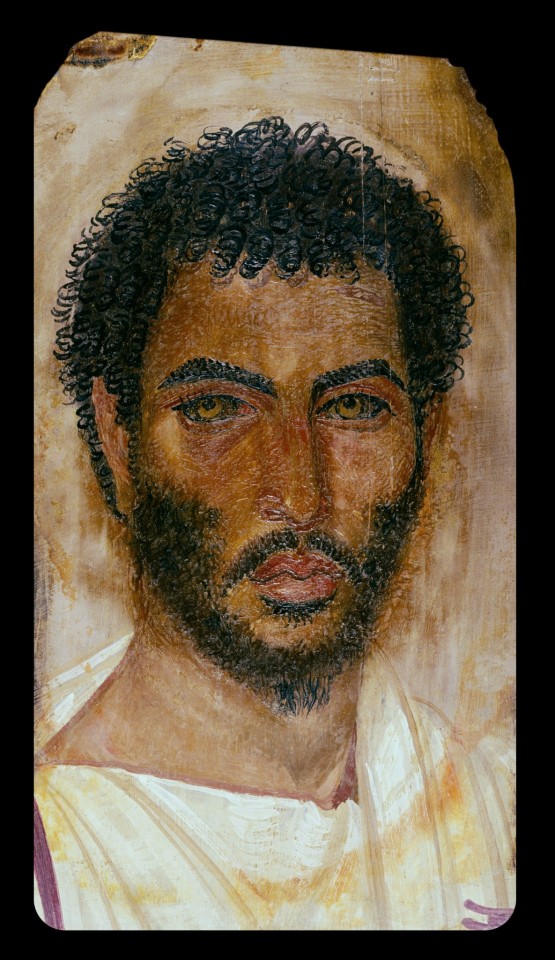
Above: portrait of a bearded man, c.150-170 CE
Sources & More Info:
Curationist: Fayum Portraits
Harvard Art Museums: Giving the Dead their Due: an Exhibition Re-Examines Funerary Portraits from Roman Egypt
Getty Museum: APPEAR Project
Getty Museum: Faces of Roman Egypt
National Geographic: Ancient Egypt's Stunning, Lifelike Mummy Portraits
The Athens Centre: The Myth of Whiteness in Classical Sculpture
Forbes: Whitewashing Ancient Statues: Whiteness, Racism and Color in the Ancient World
#archaeology#artifact#anthropology#history#ancient history#art#fayum portraits#roman egypt#ancient rome#ethnography#painting#portrait#north africa#people of color#egypt#religion#greco roman#greek#classical antiquity#fayum#mummy portraits#romano egyptian#representation
379 notes
·
View notes
Text
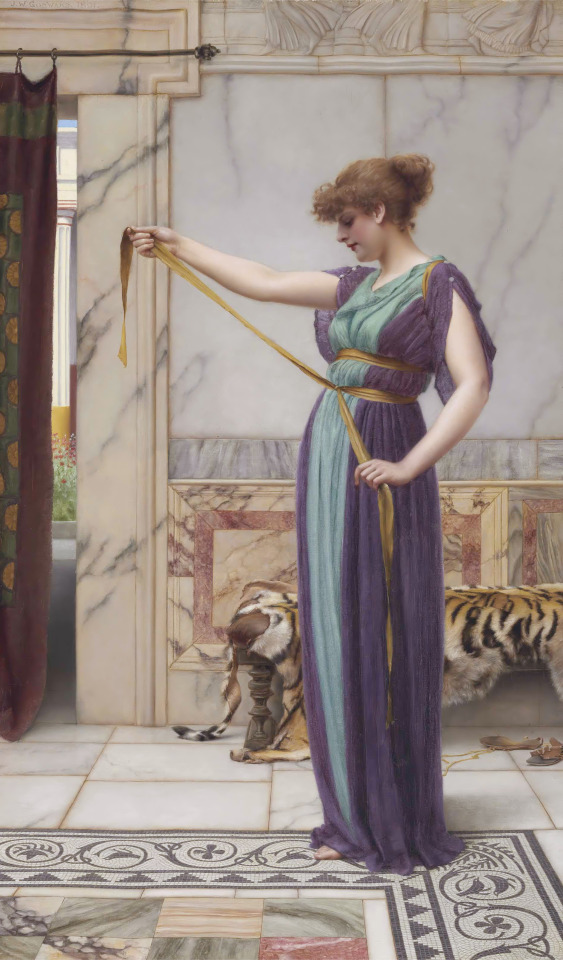
A Pompeian Lady, John William Godward, 1891
#art#art history#John William Godward#historical painting#ancient history#Ancient Rome#Roman Empire#Pompeii#imaginary portrait#Academicism#Academic art#Neoclassicism#Neoclassical art#British art#English art#19th century art#Victorian period#Victorian art#oil on canvas
1K notes
·
View notes
Text

Violets, Sweet Violets John William Godward
#John William Godward#english art#neo classicism#classical antiquity#art#painting#art history#fashion#portrait#academicism#favorite artists#fashion history#colors#oil on canvas#that fabric#ancient rome#violet#flowers#pink
557 notes
·
View notes
Text









By Oliver Mayhall for Los Angeles Times
#tobias menzies#the crown#game of thrones#hbo rome#amc the terror#the terror#got#outlander#los angeles times#bwphotography#portrait
171 notes
·
View notes
Text
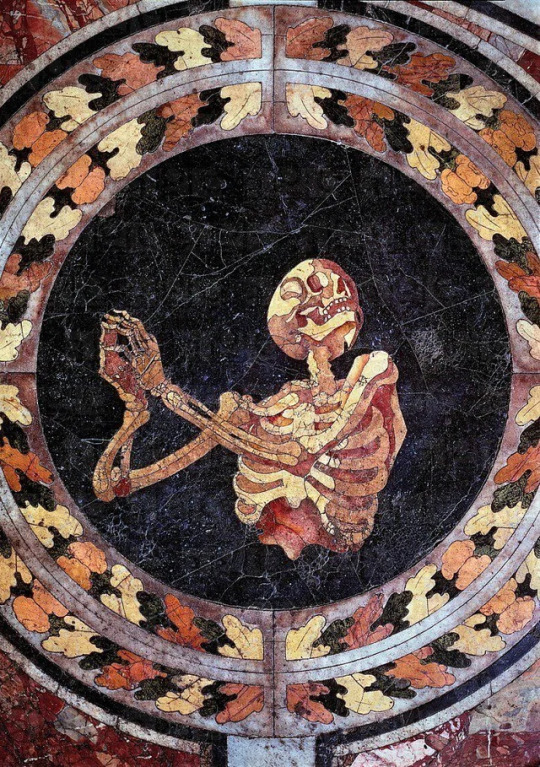
Skeleton praying, detail from the marble floor of Cornaro Chapel at the Church of Santa Maria della Vittoria in Rome. Italy, 17th century CE.
#painting#art#photography#artwork#artefact#artifacts#portrait#eurovision#lgbt#lgbtq#landscape#architecture#rome#italy#skeleton#curators on tumblr
3K notes
·
View notes
Photo

In the lair of Cy Twombly ✍️, Roma, 1969-1970. The studio of a creative genius, captured by Ugo Mulas.
#interior#portrait#cy twombly#contemporary#1969#ugo mulas#photography#studio#artist#roma#rome#minimalist
297 notes
·
View notes
Text
Those About To Die's decision to make Domitian an evil twink must be the best rebranding I have ever seen


#man went from damnation memoriae to I need a coquette picture of him on the back of my phone#the romans could not have imagined what they considered a failure and a disgrace in 2024 would be called cunty#I have seen a post shitting on King Charles and Camilla's portrait saying 'You're killing paesants and not even serving cunt'#and I decided it was my favourite insult ever at the time#DOMITIAN IS KILLING PAESANTS AND SERVING CUNT!!!! LIKE JOVE INTENDED!!!!!#I need him EVERYWHERE now#those about to die#domitian vespasianus#domitian#roman empire#ancient rome#went from damnatio memoriae to DAAAAMN#and they also have a kinda similar face shape and that makes me bery happy
358 notes
·
View notes
Text


ROMAN MARBLE PORTRAIT OF A BOY AS WORSHIPPER OF ISIS EARLY 3RD CENTURY A.D.
#ROMAN MARBLE PORTRAIT OF A BOY AS WORSHIPPER OF ISIS#EARLY 3RD CENTURY A.D.#marble#marble statue#marble sculpture#marble portrait#ancient artifacts#archeology#archeolgst#history#history news#ancient history#ancient culture#ancient civilizations#ancient rome#roman history#roman empire#roman art#ancient art#art history
191 notes
·
View notes
Text
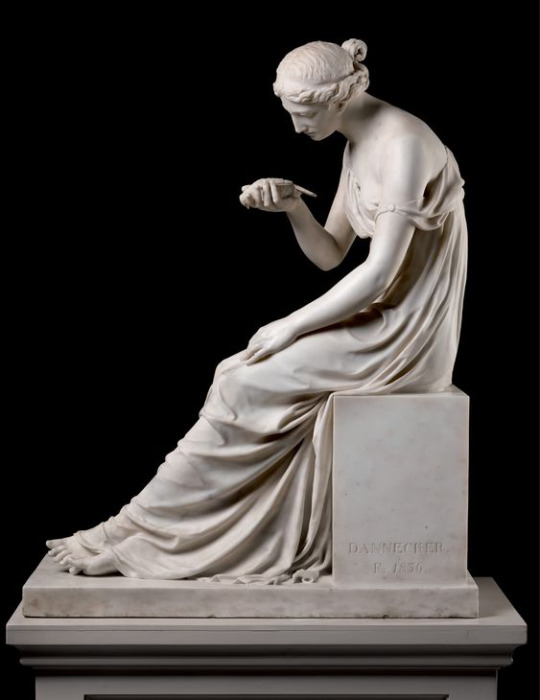
Johann Heinrich von Dannecker (1758-1841) "Lesbia and her Sparrow" Marble Neoclassical
#sculptures#art#artwork#ancient rome#female portrait#johann heinrich von dannecker#marble#marble statue#fine art#neoclassical#neoclassicism#german artist#female figure#bird#birds#sparrow#animals#roman poetry#drapery
1K notes
·
View notes
Text

Mosaic of the Emperor Justinian I from the Basilica of San Vitale, Ravenna, Italy. https://commons.wikimedia.org/wiki/User:PetarM
#justinian#roman empire#mosaic#ravenna#san vitale#basilica#italy#italien#italia#europe#religious art#roman art#ancient rome#roman emperor#roman history#male portrait#early middle ages#northern italy#emilia romagna#art history#history of art#early christianity#kunst#kunstwerk#sacred art#roman archaeology#catholic#catholic church#catholicism#late roman empire
96 notes
·
View notes
Text

Lucrezia Borgia by Pinturicchio
Detail from the Disputation of St Catherine of Alexandria
#lucrezia borgia#portrait#renaissance#italy#st catherine of alexandria#st catherine#art#femme fatale#noblewoman#christianity#christian#italian#pinturicchio#bernardino di betto#religious art#religion#europe#european#vatican#rome#vatican city#borgia#history#hall of the saints#sala dei santi#borgia apartments#vatican palace#apostolic palace#fresco#frescoes
209 notes
·
View notes
Text
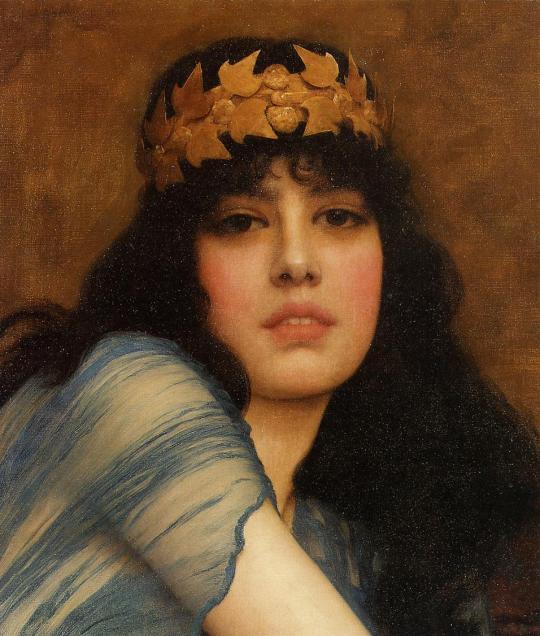
The Priestess by John William Godward (1896)
#john william godward#art#paintings#fine art#19th century#19th century art#neoclassicism#neoclassical#neoclassical art#painting#english artist#british artist#roman#ancient rome#roman priestess#priestess#portrait#classic art
3K notes
·
View notes
Text

Two Roman women, from 1872 Wilhelm Kotarbiński
#Wilhelm Kotarbiński#garden#flowers#art#painting#art history#fashion#portrait#nature#polish art#symbolism#the girls#ancient rome#1870s#19th century
535 notes
·
View notes
Text

Funerary portrait of Aline
From wikipedia "Mummy portrait of Lady Aline, from Hawara, Egypt, painted directly onto the canvas of the mummy wrapping. The Tomb of Aline is an ancient Egyptian grave from the time of Tiberius or Hadrian, excavated at Hawara in 1892, Neues Museum, Berlin"
Neues Museum, Berlin
Feb. 2023
#ancient rome#ancient egypt#mummy#portrait#ancient art#original photography#photography#taphophile#taphophilia#lensblr#photographers on tumblr#ancient roman#ancient history#archaeology#art#egyptian art#egypt#egyptian#wanderingjana
85 notes
·
View notes